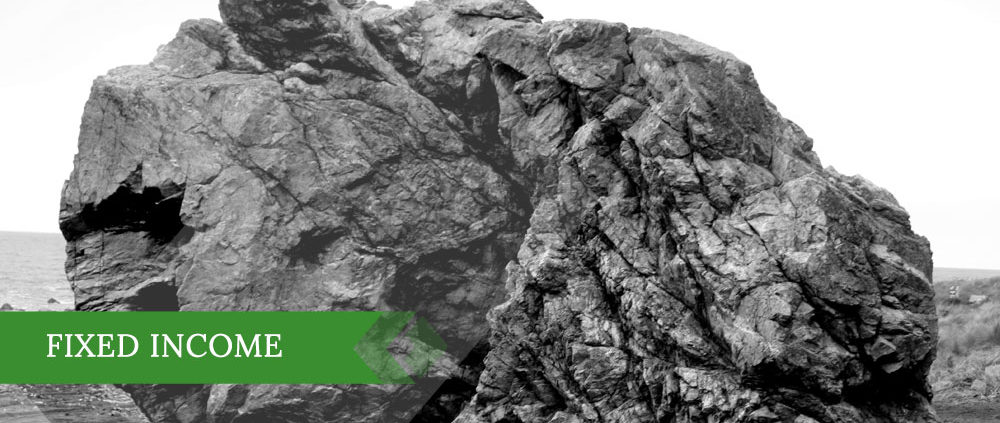Fixed-income investors looking for protection from rising interest rates may want to turn to a surprising haven: junk bonds.
It sounds like a bad joke. High-yield bonds, issued by companies rated below investment grade, are loaded with credit risk. If the economy weakens, they fall in price. If recession looms, they plummet.
But if President-elect Donald J. Trump gets his way—a big if—there is little chance the U.S. economy will go into recession in 2017. Stocks have already run up—and bonds fallen—on expectations that his initiatives will lead to lower taxes, lighter regulation, and more government spending. That should mean faster economic growth but higher inflation and rates. In that scenario, moving assets to short-term bonds and whittling back on Treasuries makes sense. So-called bond proxies like real estate investment trusts and utilities look treacherous.
So where is an investor supposed to turn for yield? That’s when an allocation to high-yield bonds starts to look appealing. These bonds yield 6.6% on average and correlate more with stocks than Treasuries. As long as rates rise gradually, the high coupons can compensate for price declines, says James Kochan, chief fixed-income strategist at Wells Fargo Funds. Since the election, investment-grade bonds are down 2.4% and Treasuries are off 2.6%, but high-yield bonds are just 0.23% lower.
Take note: This isn’t a prediction that junk bonds can generate the same double-digit returns next year that they did this year. Thanks to a strong rebound following the commodity-related swoon in February, junk bonds are up 13% in 2016. This is despite a round of profit-taking that started in October when rates first started to rise.
Mid-single-digit returns in high yield seem likely for 2017, several portfolio managers tell Barron’s. That may look pretty good a year from now. Gershon Distenfeld, portfolio manager of the AB High Income fund, has reduced his fund’s high-yield exposure to 50% from 70%, but he thinks the asset class is a better bet than stocks at current prices. “Investors have to brace for lower returns across a lot of asset classes,” he says.
Valuations in high yield aren’t particularly attractive, notes Mary Bowers, a high-yield portfolio manager at HSBC Global Asset Management. “Still, I think return potential looks better than other parts of fixed income,” she says. She is adding more floating-rate securities, including some hybrid ones issued by financials. Bonds rated B, a midlevel rating within high yield, are the “sweet spot,” she says, as they have less interest-rate risk than the higher-rated BB bonds.
Regina Borromeo, head of international high yield at Brandywine Global, is also adding more floating-rate securities, such as corporate loans, which yield around 4%. “It’s a way for investors to get attractive credit spreads without as much duration risk,” she says. She notes that junk bonds with shorter maturities are holding up better than longer-term bonds .
.
Investors looking to capture yield and eliminate interest-rate risk may want to construct a portfolio of individual junk bonds across maturities, rather
than invest through a fund, says Thomas Byrne, director of fixed-income at Wealth Strategies & Management. High-yield bond-fund prices are likely to fall as rates rise, and high redemptions could make declines worse in a sharp downturn, he notes.
In contrast, investors who hold individual bonds to maturity will most likely get back what they invested—junk-bond default rates run about 5%—and can then reinvest proceeds at higher rates. In such cases, the bond’s yield at purchase becomes the total return, says Byrne. This approach means less opportunity to benefit from price appreciation. But at current valuations and given the outlook for interest rates, such gains are less likely anyway.



